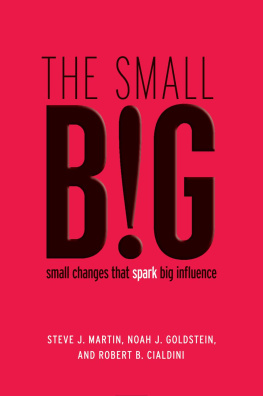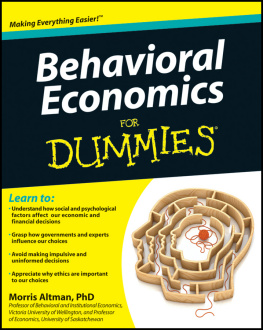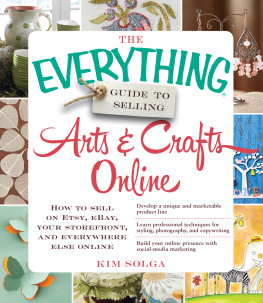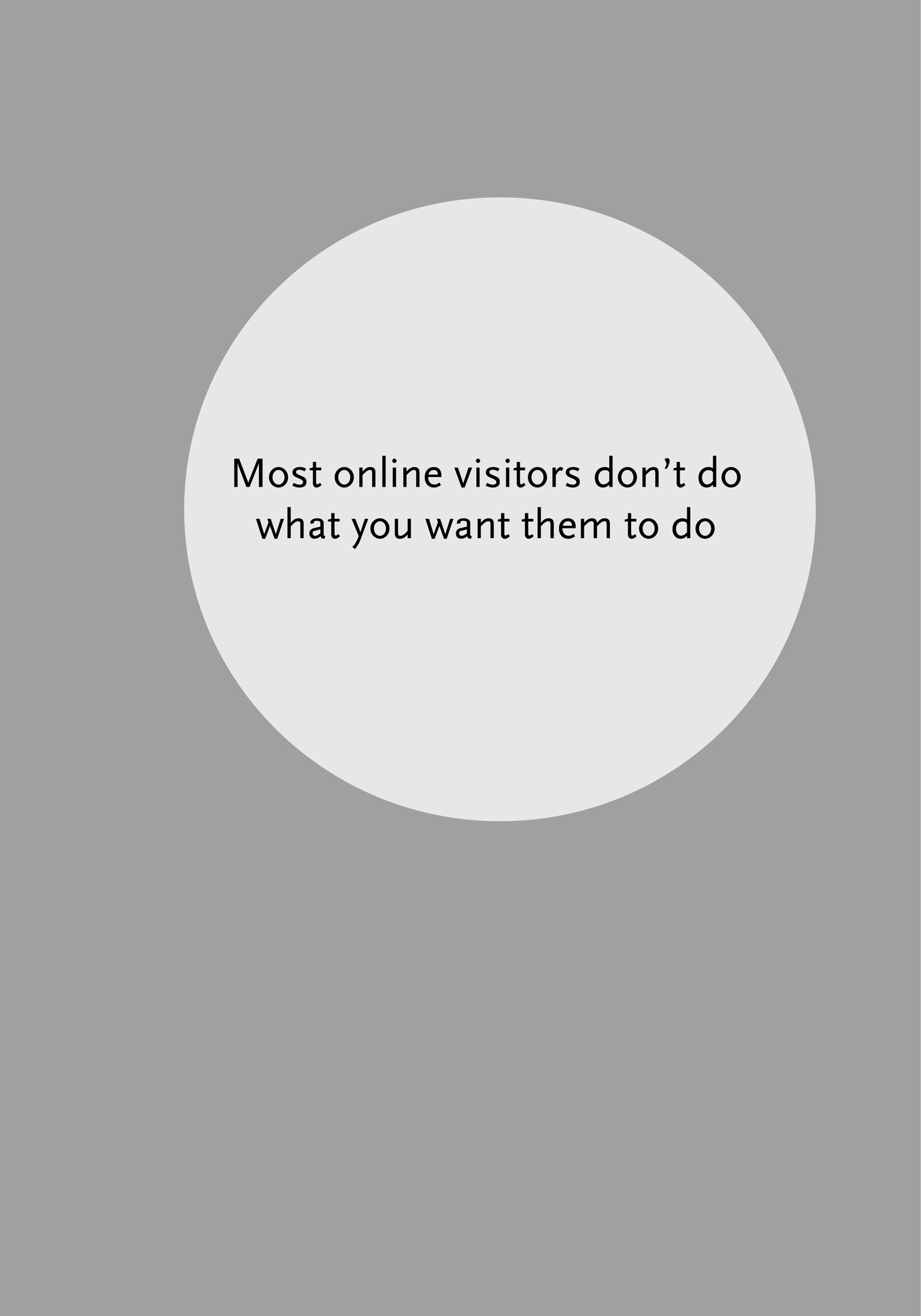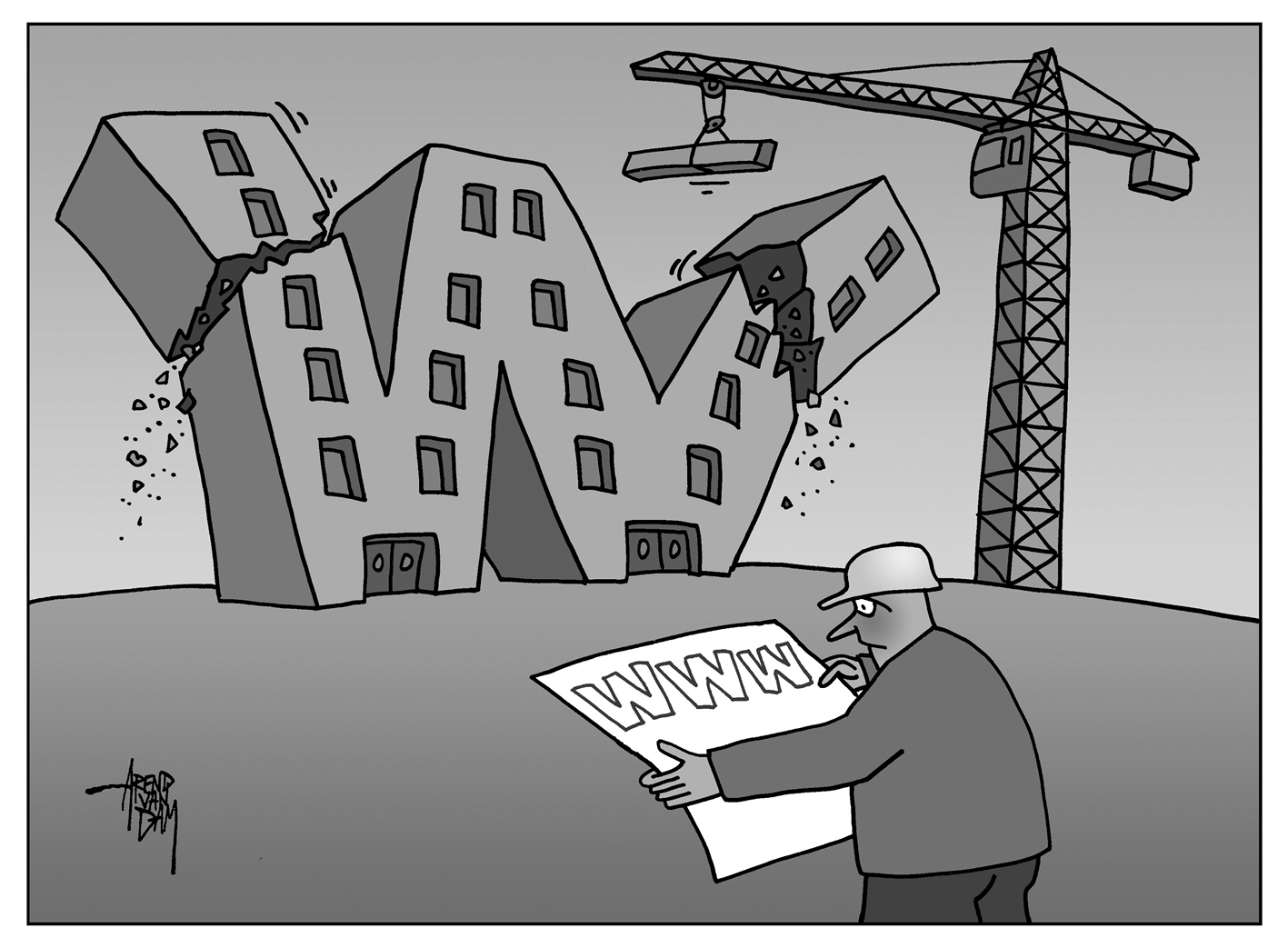2020 Joris Groen and Bas Wouters
Cover design: Studio Johan Nijhoff, Amsterdam
Interior layout: Holland Graphics, Amsterdam
Translation: Natalie Bowler-Geerinck, Rode, Verenigd Koninkrijk
Illustrations: Geertjan Tromp and Florence Hoogveld
ISBN 9798697006924
NUR 801/802
Subject to the exceptions laid down in or pursuant to the Dutch Copyright Act (Auteurswet), it is prohibited for anything in this publication to be copied, stored in a data file or made public, in any way or form, be it electronic, mechanical, by means of photocopies, recording or any other method without prior written permission from the authors.
No part of this book may be reproduced in any form, by print, photo print, microfilm or any means other without written permission from the authors.
Introduction
Online influence
If you believe certain media, we are all a willing prey for online persuasion tricks. We are manipulated en masse, so the story goes, to click on banners, make commitments and order products that we dont really need. But the numbers paint a different picture: most website visitors, downloaders of apps and email recipients do not do what the makers want at all.
For example, extremely successful web shops make a sale to only one in ten people visiting their website. And as an online advertiser you are already doing pretty well if one in a thousand people clicks on your banner. If this were the performance of a face-to-face sales person, their employers would probably not be too happy.
In other words, in the online world the dropouts outnumber the buyers. Its hardly surprising, when you think about it: after all, it is pretty incredible how we allow images, texts and buttons to persuade us to share our personal data, fill in our credit card number and make long-term commitments. All this, without any intervention from real people we know or trust personally.
A world of difference
How you design your online environment can make a world of difference, as evidenced by the many successful experiments that we, and many others, have conducted. In this book, we want to share the knowledge we have gained with you. We will teach you how to use the science of behavior change or influencing to persuade many people online to do the behavior you want. This is what will happen:
| Ignoring becomes responding . |
| Browsing becomes buying . |
| Unsubscribing becomes continued membership . |
| Dropping out becomes keep going . |
| And hmm becomes yes . |
Which will lead to:
| more online revenue; |
| lower advertising costs; |
| a higher conversion rate; |
| more satisfied customers . |
Satisfied customers
In our opinion, the latter (satisfied customers) equals sustainable online persuasion. This is an important point, because online influence is unfortunately still associated with deception sometimes. We call this dark patterns: misleading design patterns that lead us to buy travel insurance when we dont want it, for example.
So thats not what were going to do.
Not only for ethical reasons, but also because it is simply not how you achieve success in the long term.
As you will notice, online persuasion is mainly about making people even more enthusiastic than they already were. But definitely also about:
| helping them to make difficult choices; |
| guiding them optimally in their decision whether or not to do business with you; |
| simplifying the route to the goal. |
This leads to more results and a higher appreciation of your online channel.
Science and practice
A lot of books and especially blogs have been written about online influencing. But in our opinion, they are still not practical and complete enough. They often assume a rather randomly chosen psychological theory or a common cognitive bias (irrational thinking pattern). This is often followed by well-meaning advice about what we could do to persuade people online.
Its a little bit like an architect picking a random law of physics and wondering how he might use it to design a complicated roof construction. This may not be the most efficient way.
A designer who doesnt understand human psychologies is going to be no more successful than an architect who doesnt understand physics.
Joe Leech
In this book, we are going to handle things differently. The online customer journey will serve as our starting point, and we will be with you every step of the way to tell you what psychological knowledge you need to get the most out of it. You will learn how to cleverly and tactically design your ads, landing pages, forms, checkouts and even thank-you pages using design principles, and which principle you should use where and when.
We will give you an approach that is based on science and has been tested in practice. We have achieved excellent results for many companies with this approach. Prior to that, we also failed spectacularly by applying the wrong methods. This is good news for you, because you wont have to make the same mistakes. You can start immediately with the insights from our forty years of combined experience in online influence: scientifically founded, proven in practice.
Fogg, Cialdini and Kahneman
The behavioral model of B J Fogg, the founder of behavior design, plays a starring role. Although there are many models that explain behavior, this model actually helps you to design behavior. In addition, we gratefully draw on the work of persuasion psychologist Robert Cialdini, who has bundled years of research on persuasion mechanisms into seven powerful principles of persuasion. Another essential branch of psychology for online influencers is that of our unconscious, automatic brain, as described by psychologist, economist and Nobel laureate Daniel Kahneman. In this book, we explain his theory and teach you how to apply it in practice.
To complete the model, we have added many insights from our own online marketing practice, gained from many local and international clients, such as Mercedes-Benz, KLM , bol.com (the largest Dutch online retailer, comparable to Amazon).


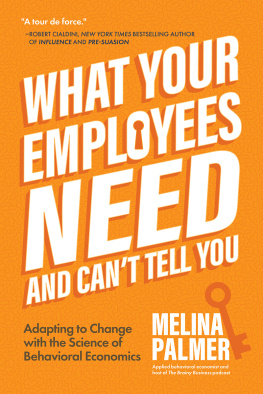


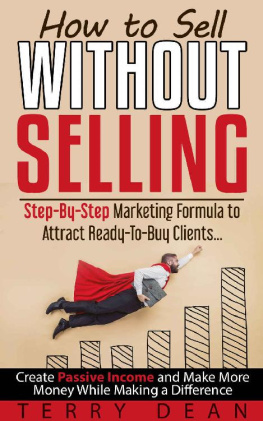
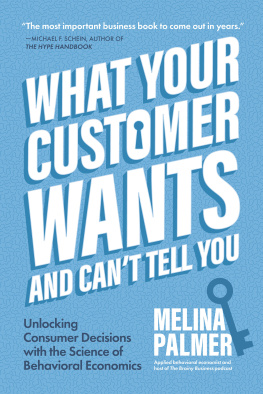

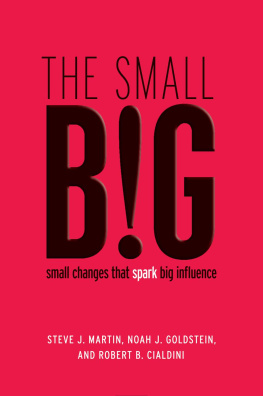
![Tim Richards [Tim Richards] - Investing Psychology: The Effects of Behavioral Finance on Investment Choice and Bias, + Website](/uploads/posts/book/124122/thumbs/tim-richards-tim-richards-investing-psychology.jpg)
![Nathalie Nahai [Nathalie Nahai] - Webs of Influence: The Psychology of Online Persuasion, 2nd Edition](/uploads/posts/book/124053/thumbs/nathalie-nahai-nathalie-nahai-webs-of.jpg)
